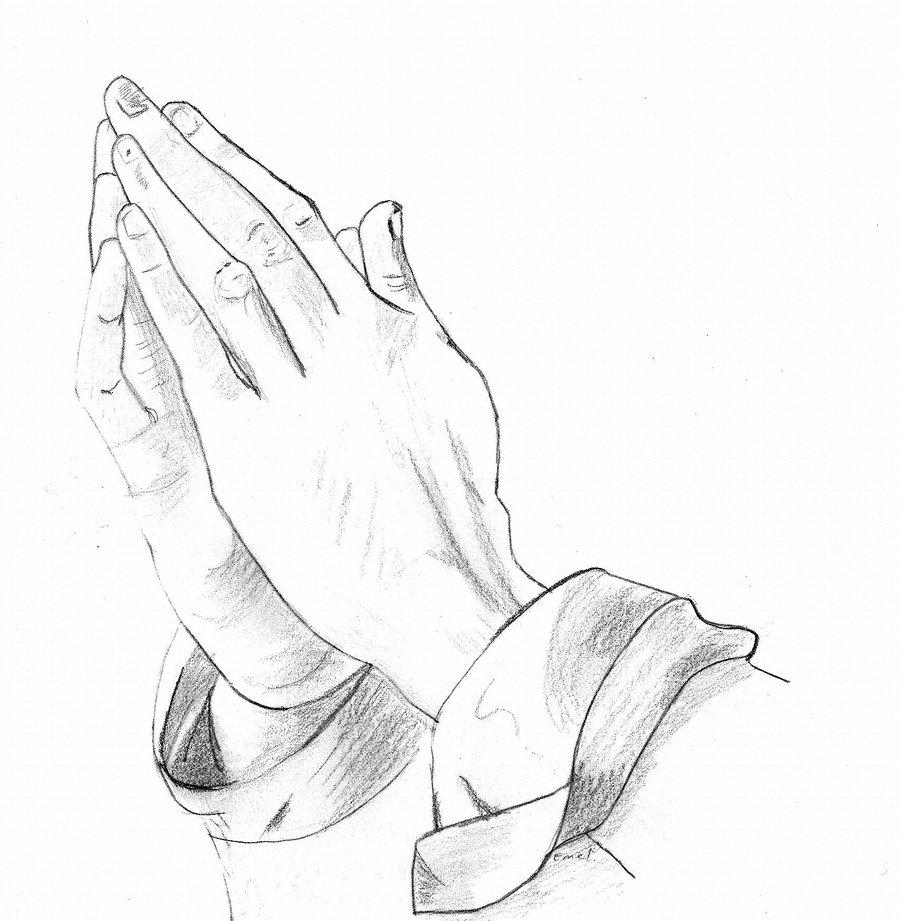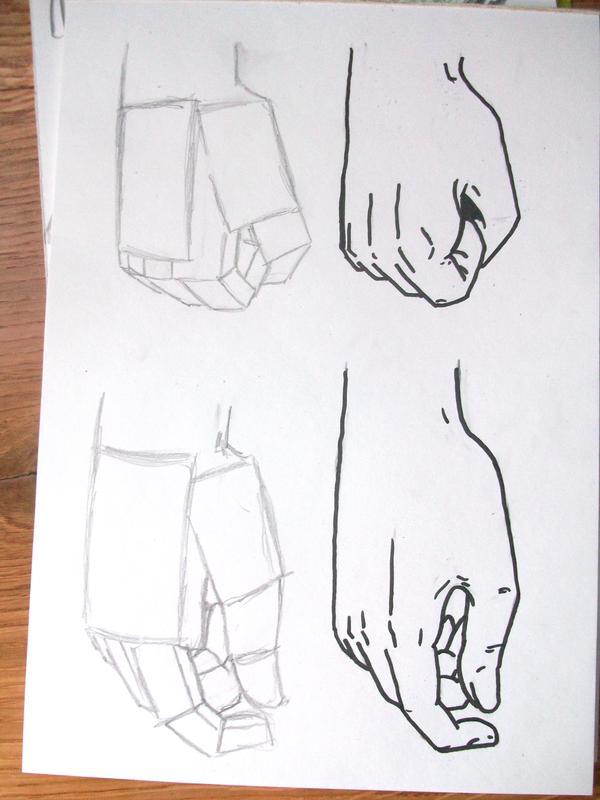Drawing hands can be a challenging task, but with the right approach and practice, you can learn to create realistic and expressive hand drawings. Start by studying the basic structure of the hand, understanding the proportions and the positioning of the fingers. Pay attention to the joints and the way they connect to each other.

Hand drawing ideas

Begin your hand drawing by sketching the basic shapes and outlines. Start with a simple oval shape for the palm and add rectangular shapes for the fingers. Remember that hands come in different shapes and sizes, so it’s important to observe and adapt to the specific hand you’re drawing.


Next, focus on the details of the hand. Observe your own hand or reference images to understand the subtle curves and lines that make up the structure of the hand. Pay attention to the placement and length of the fingers, as well as the positioning of the joints. Take your time to capture the gesture and natural pose of the hand.


To add depth and dimension to your hand drawing, use shading techniques. Observe the light source and determine where the shadows fall on the hand. Use hatching and cross-hatching techniques to create the illusion of volume and form. Gradually build up the shading to create a realistic and three-dimensional effect.



Another important aspect of drawing hands is capturing the gestures and expressions. Hands can convey a wide range of emotions and actions, so it’s essential to observe and study different hand poses. Look at your own hands or use reference images to understand how the fingers and palm move in various positions. This will add life and dynamism to your drawings.


As you progress, don’t shy away from adding details and shading to your hand drawings. Shadows and highlights can enhance the three-dimensional quality of the hand and make it more realistic. Pay attention to the light source and how it affects the way shadows fall on the hand.




Goodbye!
Remember that practice is key to improving your hand drawing skills. Dedicate regular time to sketching and studying hands, and don’t be afraid to make mistakes. Learning to draw hands takes time and patience, but with persistence and a willingness to learn, you’ll be able to create realistic and expressive hand drawings that add depth and personality to your artwork. So grab your pencil, and let your hands guide you on this artistic journey.







